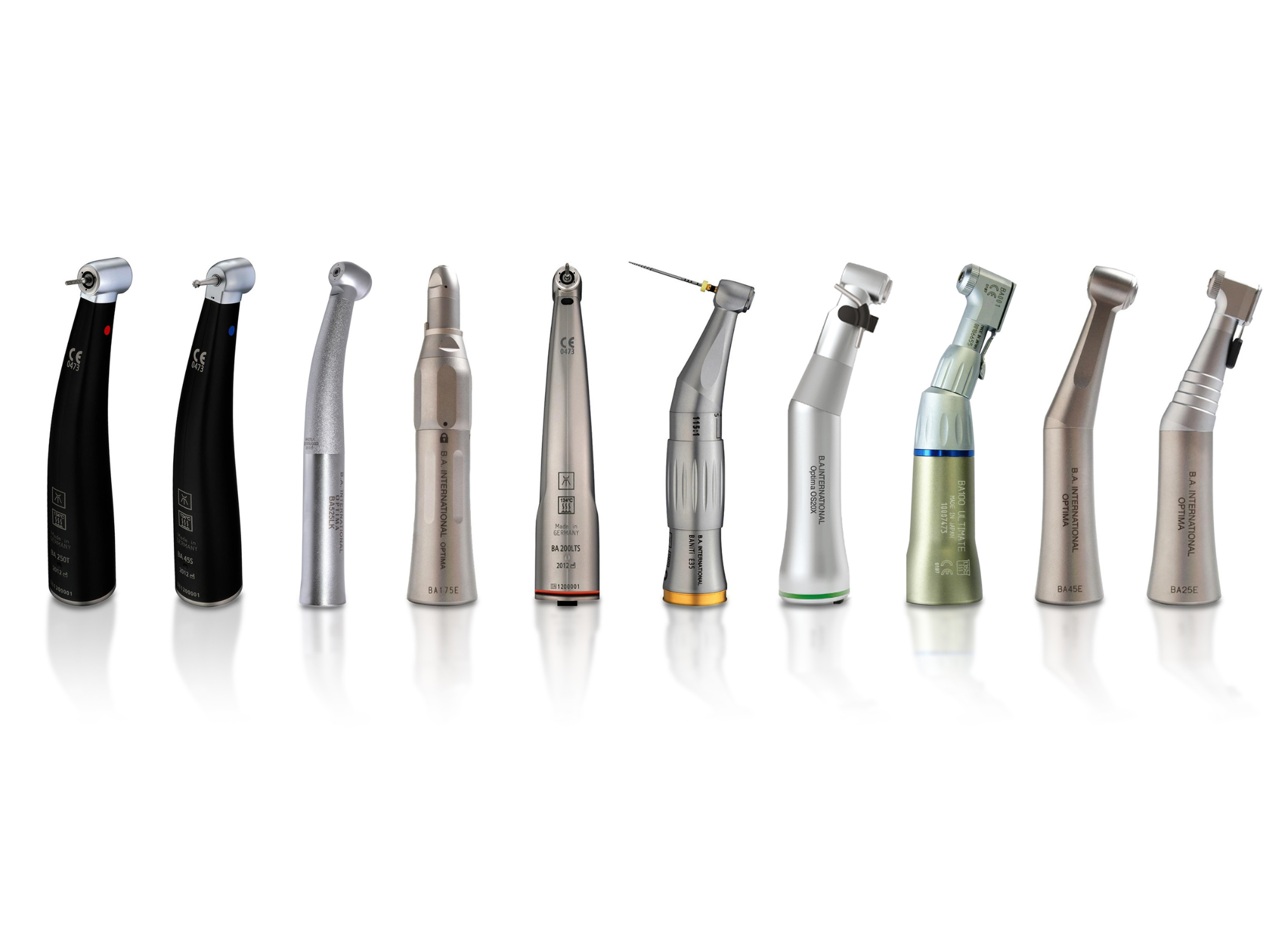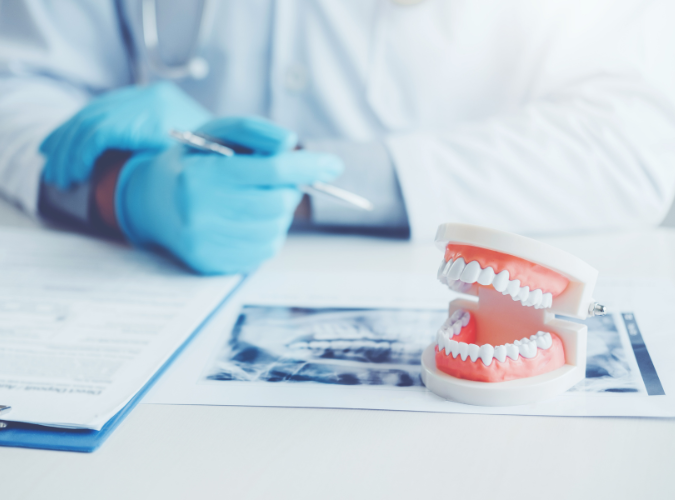Guarding patient health: the hidden threat in dental unit waterlines

Do you know if your dental unit waterlines are clean? These inconspicuous pathways play a significant role in the daily routine of dental practices, but they might be hiding a silent threat.
Patient care is the heart of what you do, and ensuring their safety is non-negotiable. But, here's the catch: these hidden waterlines can turn into breeding grounds for harmful microorganisms.
But how do you keep your dental unit waterlines clean? This question is more important than you might think. The microorganisms lurking within can lead to infections, affecting our patients' well-being and our practice's reputation.
As professionals who prioritise both patient health and practice success, you need to address this issue head-on. In this blog, we'll delve into the risks posed by contaminated waterlines, understand why they matter more than we think, and discover practical solutions.
The unseen menace: contaminated waterlines
 Picture this: within the very waterlines that facilitate your procedures, a lurking danger exists. Harmful microorganisms, the kind that thrive in moisture-rich environments, can find a home here. The result? A breeding ground for microbes that could compromise patient safety.
Picture this: within the very waterlines that facilitate your procedures, a lurking danger exists. Harmful microorganisms, the kind that thrive in moisture-rich environments, can find a home here. The result? A breeding ground for microbes that could compromise patient safety.
The spectrum of these microorganisms is diverse, and these tiny invaders aren't just passive bystanders; they're capable of forming slimy biofilms within the waterlines, where they flourish and multiply. This biofilm can harbour and protect these microorganisms, rendering them more resilient and challenging to eliminate.
This isn't a scenario to be taken lightly. Left unchecked, these microorganisms can potentially find their way into a patient's mouth, bloodstream, or respiratory system during dental procedures. Infections and health complications can follow, putting the very core of your practice—patient well-being—on the line.
The critical question arises: How do you prevent the build up of biofilm from compromising your commitment to patient care? In the next section, we'll delve deeper into the types of microorganisms that can take refuge within your waterlines and the potential risks they pose.
Understanding the microorganisms at play
.png?width=297&height=297&name=Untitled%20design%20(16).png) Now that we're aware of the potential risks posed by contaminated waterlines, let's dive deeper into the bacteria that can thrive within these inconspicuous pathways.
Now that we're aware of the potential risks posed by contaminated waterlines, let's dive deeper into the bacteria that can thrive within these inconspicuous pathways.
Bacteria: These single-celled organisms are the most common inhabitants of dental unit waterlines. Among them are opportunistic pathogens like Legionella, Pseudomonas, and Mycobacterium. These bacteria can multiply rapidly within the moist environment of the waterlines, forming biofilms that provide protection against disinfection efforts.
All of that could be in the waterlines that you feed directly to patients.
The risks they pose
The potential dangers associated with these microorganisms cannot be underestimated. The biofilms they form within waterlines create a protective shield that makes them resistant to routine disinfection procedures. As a result, the following risks emerge:
.png?width=263&height=439&name=blog%20portrait%20(5).png) Infections: During dental procedures, water from contaminated lines can be introduced into a patient's oral cavity. This puts patients at risk of infections ranging from mild oral issues to more severe systemic infections if the microorganisms find their way into the bloodstream or respiratory system.
Infections: During dental procedures, water from contaminated lines can be introduced into a patient's oral cavity. This puts patients at risk of infections ranging from mild oral issues to more severe systemic infections if the microorganisms find their way into the bloodstream or respiratory system.- Equipment reliability: Biofilm build up can cause issues with equipment and blockages within treatments centres and handpieces if left uncontrolled.
- Legal and reputational consequences: Infections resulting from inadequate waterline maintenance can lead to legal complications and damage the reputation of your practice[1]. Patients expect a safe and clean environment, and any lapses in this regard can have far-reaching consequences.
Patient safety above all
So, the pressing questions arise:
- How can you prevent the build-up of these resilient biofilms? Flushing your dental unit waterlines between patients for 60 seconds, and after periods without use for two minutes should be employed along with regular cleaning and maintenance of DUWLs.
-1.png?width=370&height=370&name=Untitled%20design%20(17)-1.png)
- How often should dental unit waterlines be cleaned? Keeping your DUWLs clean is a daily task involving the combination of flushing, treating, and testing the lines regularly.
- Why should dental unit waterlines be tested? DUWLs are a ‘closed system’ and without testing it’s impossible to tell whether there is contamination or not. Testing in a lab for colony forming units is the most effective way to know for sure that your water lines are compliant .
- How do you clean dental unit waterlines? With a combination of regular flushing and trusted products.
The answer: The Clean Water Club.
 The dentisan Clean Water Club functions as an online platform empowering you to assert authority over water purity and biofilm elimination in DUWLs. It offers tools for overseeing, supervising, upholding, and scrutinising the water quality within the waterlines that serve your dental chairs and treatment rooms.
The dentisan Clean Water Club functions as an online platform empowering you to assert authority over water purity and biofilm elimination in DUWLs. It offers tools for overseeing, supervising, upholding, and scrutinising the water quality within the waterlines that serve your dental chairs and treatment rooms.
With the Clean Water Club, you will be sent everything you need to keep your dental unit waterlines compliant, giving you peace of mind over the care you are providing your patients.
Take action now to prioritise patient safety. Join the Clean Water Club and experience clear waterlines, regulatory compliance, cost savings, expert support, and official certification.
[1] https://www.cqc.org.uk/guidance-providers/dentists/dental-mythbuster-5-legionella-dental-waterline-management#:~:text=Mandatory%20requirements&text=All%20premises%20are%20required%20to,to%20carry%20out%20this%20function.

